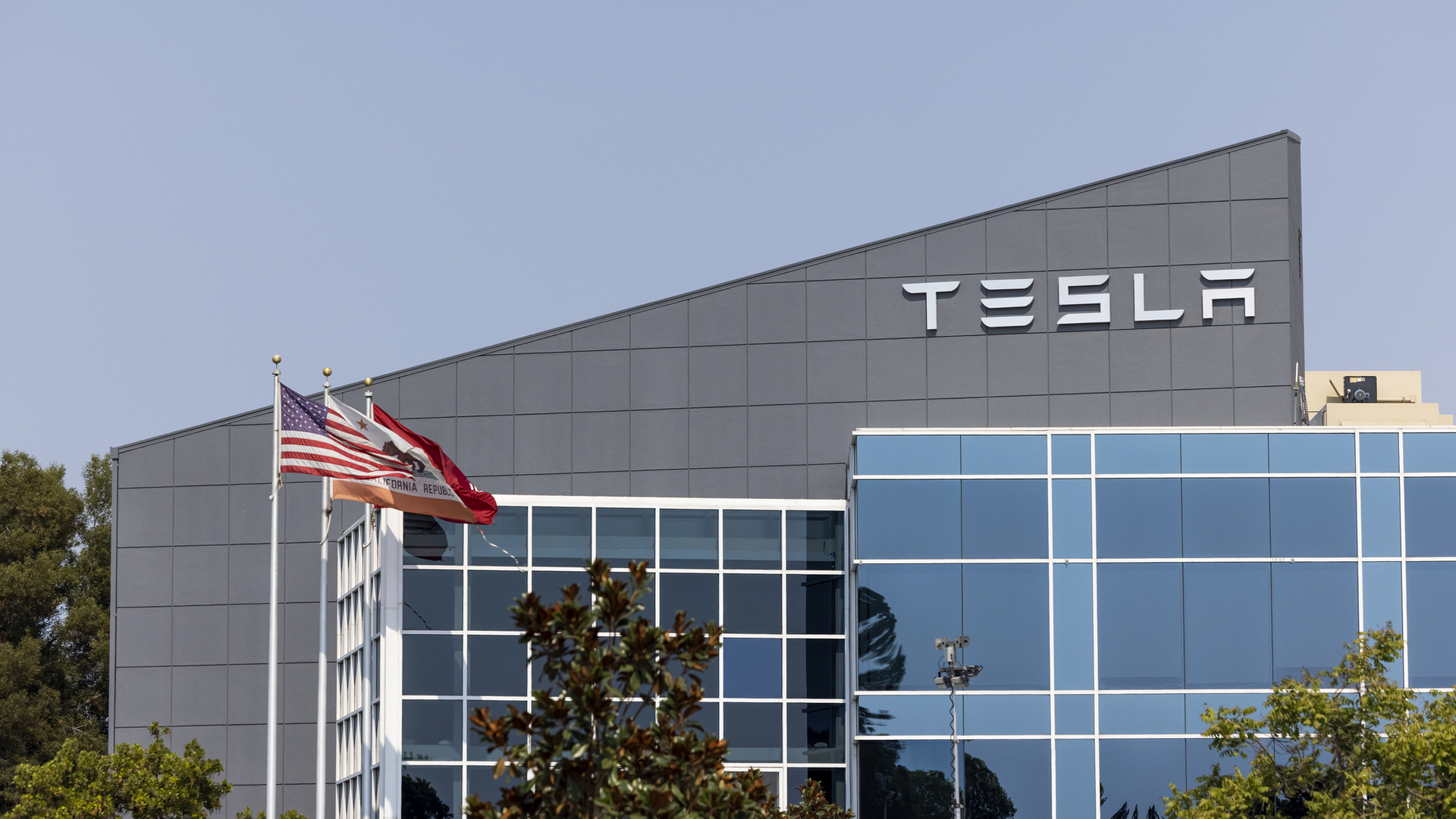
- Stocks
Tesla shares fall due to weaker demand
Do you want to know how to make money from this?
Register for free and get expert advice, access to a training course and webinars.
Key points:
- Tesla shares fell for the third day in a row; the electric vehicle manufacturer left the top 10 most valuable US companies.
- Morgan Stanley lowered its target price for Tesla shares due to weaker demand in China.
- The bank forecasts “notably lower” Tesla delivery growth in 2024.
For the third day in a row, Tesla shares have shown a steady downward trend. This drop was the result of a lower target price for Tesla shares by analysts at Morgan Stanley. In their report, they cite declining demand for electric vehicles in key markets including China. As a result, Tesla left the top 10 most valuable US companies, giving way to Visa.
Morgan Stanley conclusions
Morgan Stanley, following other analysts, adjusted Tesla’s supply forecast downward. The decision comes in the wake of the company’s disappointing sales results in China for February, which highlighted a potential slowdown in growth and increased competition. Experts believe that at the moment the Chinese market for electric vehicles is oversaturated, which causes an avalanche-like reduction in prices.
Morgan Stanley lowered its target price for Tesla shares from $345 to $320. The company’s shares subsequently partially recovered, but still finished the trading session 1.3% lower, reaching $178.35. Since the beginning of the week, Tesla shares have lost more than 11%, equivalent to $70 billion in market capitalization.
Increased competition with China
Chinese electric vehicle giant BYD, which overtook Tesla as the world’s largest electric vehicle seller, triggered a new wave of price war in China on March 8, 2024. The company has cut the price of its most affordable electric car, the Seagull, by 5%.
The situation is complicated by the fact that Tesla will not be able to introduce more affordable next-generation models until the end of 2025. This year, the updated Model 3 compact sedan was introduced in the United States, but it has not undergone significant technological changes. Tesla has also begun production of the Cybertruck, but it won’t begin mass production until next year, according to CEO Elon Musk.
“To justify today’s stock valuation, Tesla needs a mass-market vehicle, and the Cybertruck clearly isn’t that solution.”
— said Tudor Pickering analyst Matt Portillo.
Despite price cuts Tesla began implementing more than a year ago to stimulate demand, the company in January forecast “noticeably lower” delivery growth in 2024.
Demand for electric vehicles has fallen in the past year due to high interest rates causing consumers to rethink big-ticket purchases. This compounds existing concerns about the cost of electric vehicles, charging infrastructure and battery range.
Analysts believe Tesla’s first-quarter deliveries could also be clouded by supply chain disruptions caused by the Red Sea attacks, as well as downtime at its California plant as it prepares for production of the new Model 3.
Do you want to know
How to make money from the news
Register for free and get:
- Expert consultation;
- Access to the training course;
- Opportunity to participate in webinars

